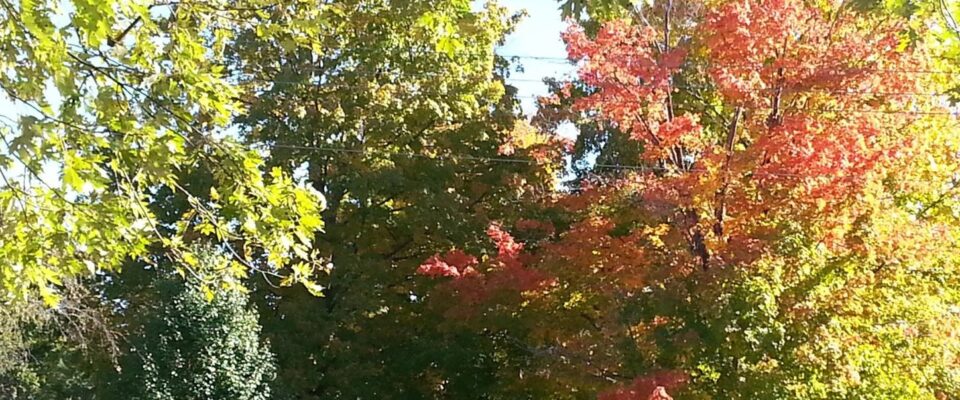Last Updated on September 21, 2017 by cassnetwork
Fall colors have begun to appear in some parts of the state thanks to an unusually cold start to September.
While temperatures in recent days have been above normal, daytime highs in early September in Indianapolis were in the 60s and 70s, with overnight lows in the 40s on some days.
The best fall color formation happens with bright, warm days, cool nights and moist soils, according to Carrie Tauscher, DNR Division of Forestry’s Community & Urban Forestry program coordinator.
While all of Indiana has experienced bright, warm days, overnight lows and soil moistures have varied dramatically throughout the state. Low rainfall overall this fall threatens to shorten the window for full color enjoyment.
Nonetheless, the tourist towns of southern Indiana such as Nashville, Madison and Medora shouldn’t fret, Tauscher said. Sassafras and sweetgum trees in forest understories and along roadsides regularly give a great show of red, orange and yellow.
If you plan on sightseeing for fall colors, you can contact the Purdue Extension office in the county of your destination for a report. Another option is to call the nearest state park. Colors vary statewide, and can even vary from county to county.
“With all the events going on in parks and orchards and other fall destinations, you’re going to enjoy the ambiance no matter what,” Tauscher said. “Just get outside and enjoy the fall.”
Leaves produce pigments that give them color. During spring and summer, the green pigment, chlorophyll, is dominant. When days become shorter, other pigments in the leaf become visible as the amount of chlorophyll dwindles.
The full forest fireworks show in central Indiana should begin in the next two to four weeks depending on weather, and continue for several weeks as long as the state doesn’t experience windy storms, Tauscher said.
Once the leaves fall, Tauscher said Hoosiers should consider mulching their yard leaves instead of bagging them and sending them to a landfill. One option is to mow leaves and let them be absorbed into the lawn, providing nutrients for the next growing season. Another is to layer them onto planting beds, which provides nutrients and protects against wind erosion.
“It kills me when people throw all those good leaves on the curb,” she said.
SOURCE: News release from Indiana Department of Natural Resources






